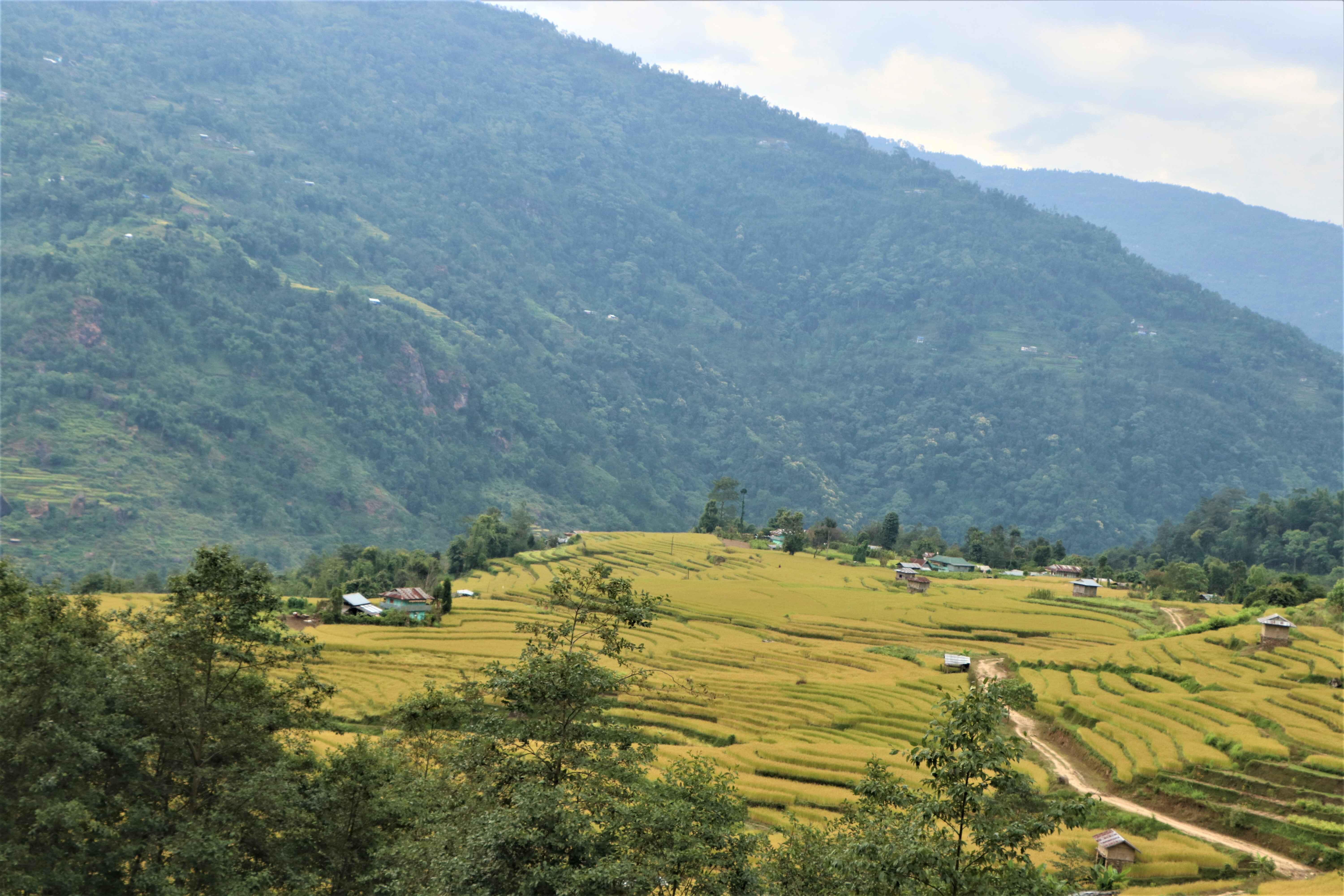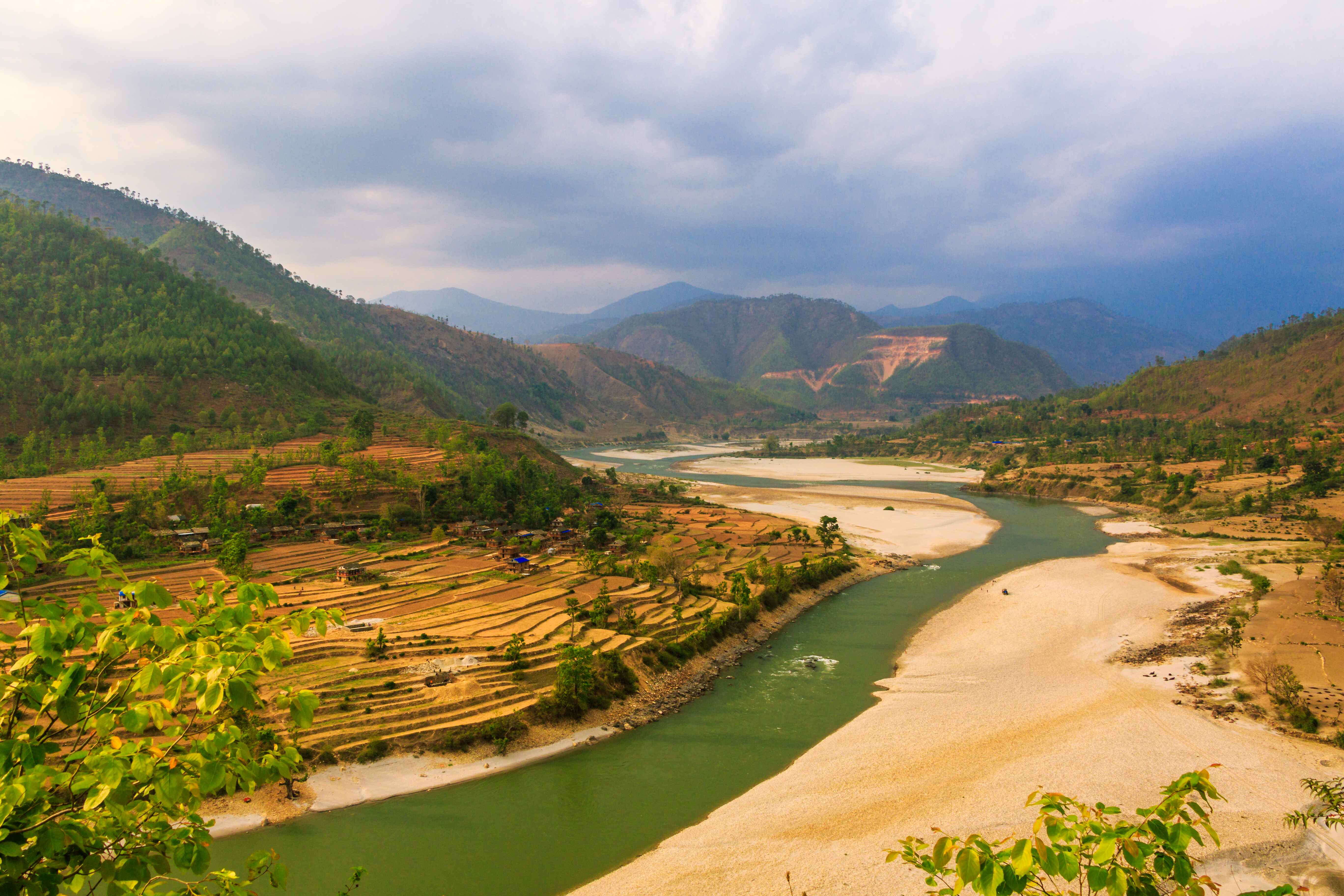Grasslands are vital ecosystems that support a wide variety of biodiversity. They are grazing grounds for herbivores; habitats for ground-nesting birds, small mammals, and invertebrates. They also provide ecosystem services such as carbon sequestration, soil stabilization, and water retention.
The grasslands of Nepal (including rangeland and pastureland of alpine and subalpine zones) have high biodiversity and are estimated to cover nearly 13.27% of the country’s total area, providing habitat for various flowering plants, including endemic species and wildlife as well as globally threatened species (National Land Cover Monitoring System of Nepal, 2022). In addition, these grasslands also sustain domestic livestock which is an important source of local livelihoods.

However, grasslands are increasingly under threat due to agricultural expansion, overgrazing, unsustainable land-use practices, and the spread of invasive species. In addition, conservation efforts in Nepal have largely prioritized forest restoration to increase forest coverage while grassland ecosystems have been often overlooked. These have led to habitat degradation, loss of native biodiversity, and a decline in the ecological functions of these grasslands. Forest cover increased from 39.99% in 2000 to 41.69% in 2019 while grasslands diminished from 13.95% to 13.27%). (National Land Cover Monitoring System of Nepal, 2022).
Conservation Nepal has focused its efforts for the restoration and management of these ecologically valuable grasslands, both within protected areas and in high altitude rangelands identified as critical for biodiversity. CN's initiatives aims to enhance biodiversity, increase habitat suitability for endangered species, and restore the ecosystem services that grasslands provide

